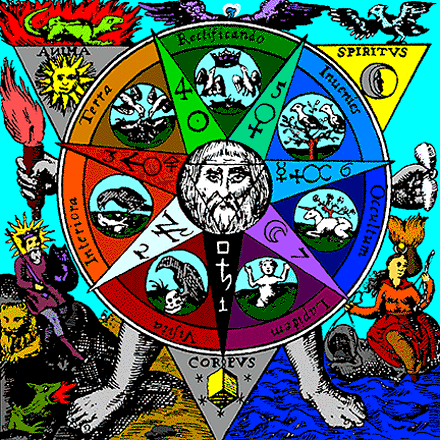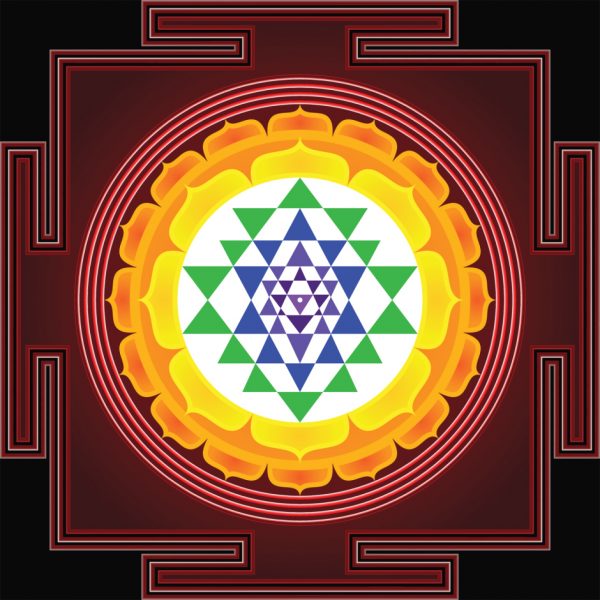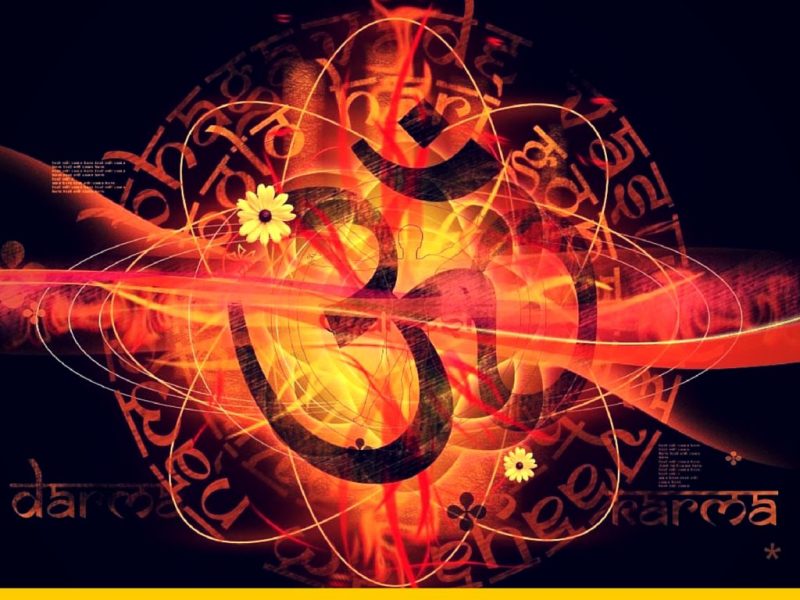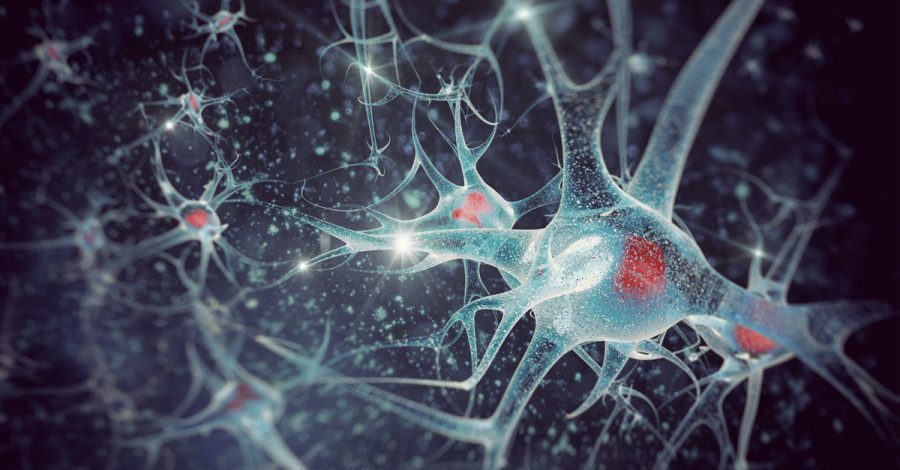On of the rather powerful technologies that I have found for entraining particular brainwave states is the light-sound machine. These use not only the binaural sound beats in stereo headphone, but also flashing goggles that stimulate the visual fields. Due to the flashing lights it is important that individuals with seizures should probably not use these devices, or if they do, they must choose the color of the light goggles carefully: refer to the manufacturer’s guidelines. Please discuss the use with this technology with your own neurologist if you fit in this category.
These devices range from the quite simple to the technologically sophisticated. Some, such as the newer David Paradise units also may include cranial electro stimulation if preferred. A number of them allow for audio input from your favorite music to be included in the sound portion of the experience. The newest versions of the devices actually allow the sounds from music to alter the light frequency for stunning visual effects.
These devices have multiple built in programs for specific brainwave pattern entrainment, and allow for the download of additional programs from the manufacturer. Some even have a computer interface program that allows for you, the user, to create your own programs. Note: for those of us Apple users, none of the companies have direct Mac compatible software or even downloads, although some of them allow Windows emulation software to allow for this function.
MindLightz is one of the newest versions which you can use from an iPhone or iPad based software, just buy their goggles and download the software.
An exciting element for personal change is the ability to record self suggestions to play as an audio track with some of the devices. Check this out as a possibility before purchase to find the ease of bringing in an audio track.










